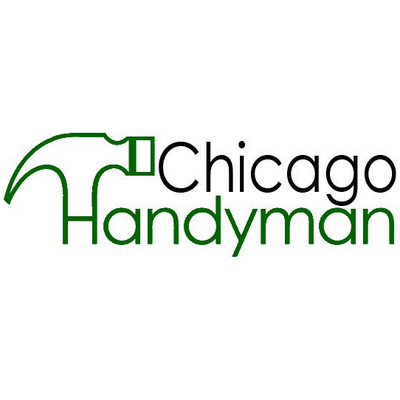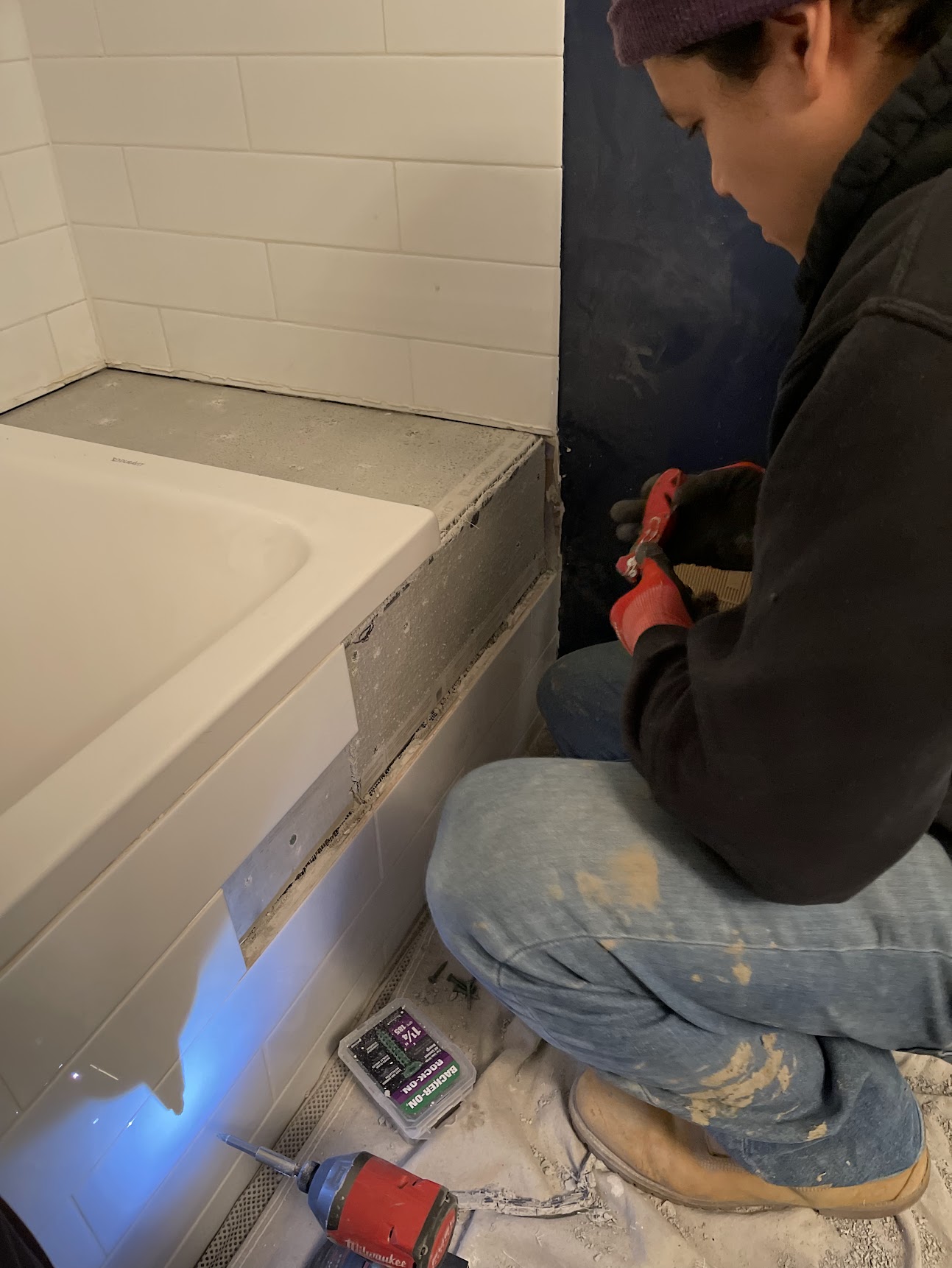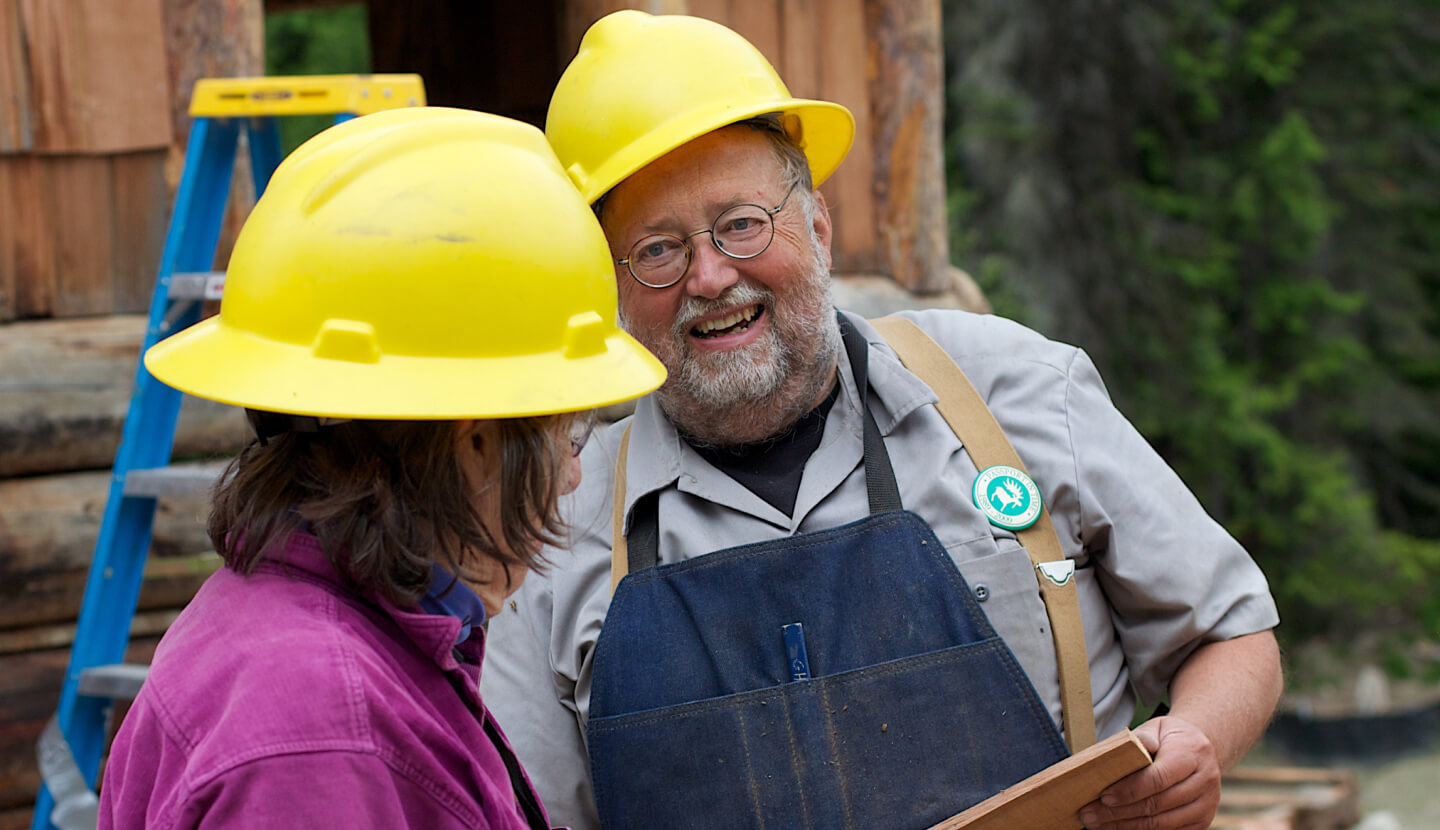
Uncategorized
-
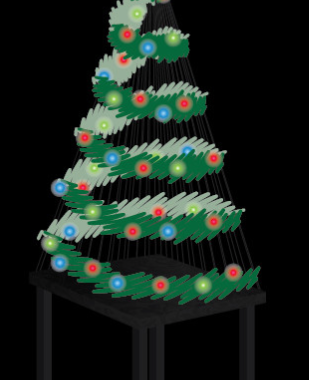
A Tree Any Last Minute Christmas Decorator Can Pull Off
Merry Christmas Eve! I don’t know about you, but Christmas always seems to come up…
-

Revamping The Standard Coffee Table
Happy Holidays! I’ve been thinking a lot about how to spice up an everyday DIY…
-

Home Improvements That Add Value To Your Home Infographic
If you’re looking to add value to your home before selling it or just to…
-
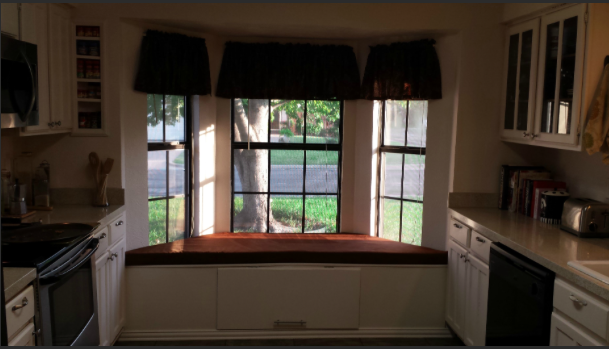
Custom Bay Window Seat
Maybe you’re looking to add some seating to your living room. Or maybe you want…
-
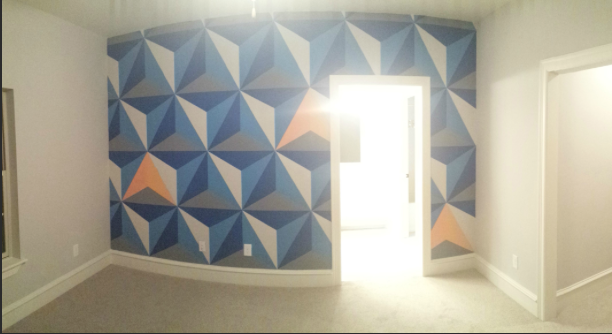
Mural Painting Brings Rooms to Life
No matter how big or small, no room in your house should ever be called…



